New York City’s Congestion Pricing: Impact on Kosher Dining South of 60th Street
New York City’s congestion pricing plan, the first of its kind in the U.S., is set to take effect this week, on Sunday, January 5th, introducing a toll for vehicles entering Manhattan’s Central Business District (essentially all of Midtown, Downtown, and everything in between) below 60th Street. Aimed at reducing traffic and funding improvements to public transportation, this policy raises both opportunities and challenges for businesses, especially kosher establishments operating in the zone which already face other hurdles to profitability.
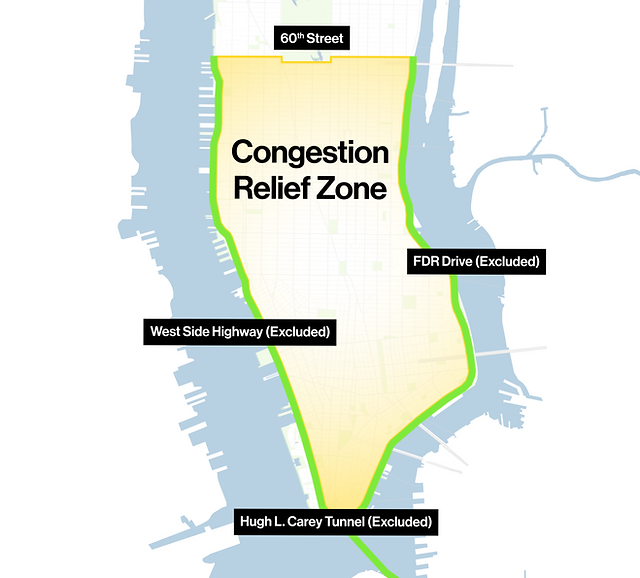
What is Congestion Pricing?
The congestion pricing initiative will charge vehicles entering Manhattan’s congestion zone based on vehicle type, however for those infrequently visiting Manhattan within this zone, they will see the toll cost rise by:
- Passenger vehicles: $9 (during peak times), $2.50 (off peak)
The zone stretches south of 60th Street and includes some of Manhattan’s busiest commercial areas. The funds generated will go toward enhancing New York City’s mass transit systems, primarily the MTA, including subway, bus, and commuter rail networks. This zone excludes access to the West Side Highway, FDR Drive, and the Hugh L. Carey Tunnel (formerly the Brooklyn Battery Tunnel) which remain free of extra fees.
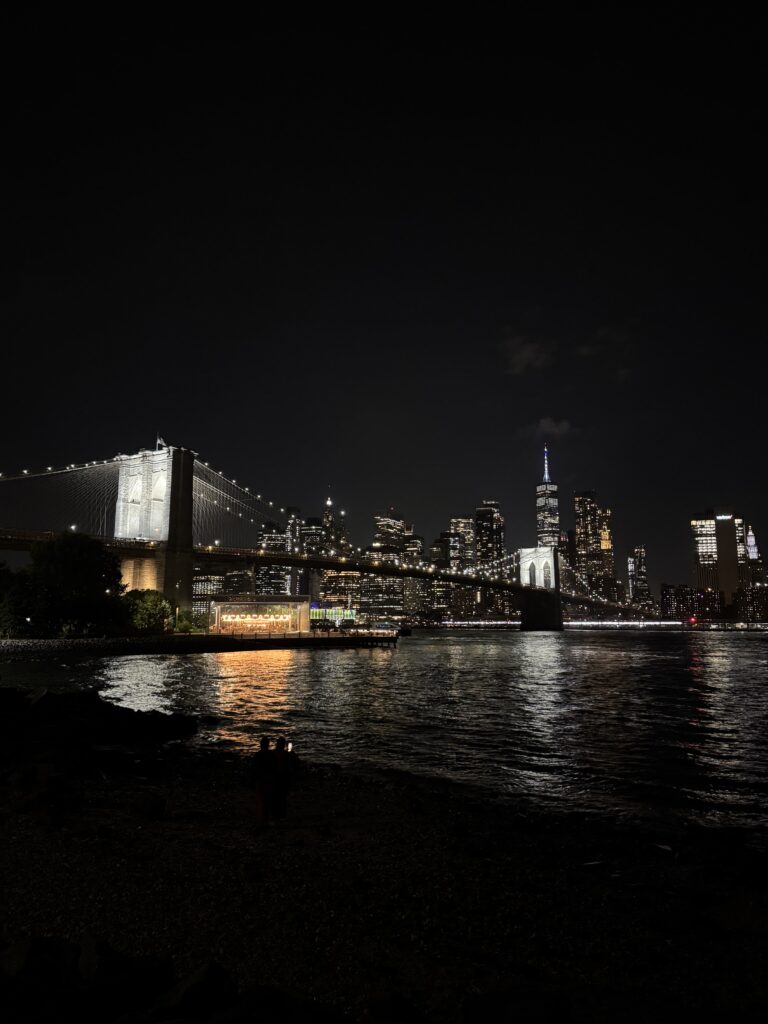
Potential Benefits of Congestion Pricing
- Reduces Traffic Congestion
- Congestion pricing incentivizes drivers to avoid unnecessary trips or use public transportation, leading to smoother traffic flow and reduced gridlock in busy urban areas.
- Improves Air Quality
- By reducing the number of vehicles on the road, congestion pricing cuts emissions of greenhouse gases and pollutants, contributing to cleaner air and better public health.
- Promotes Public Transportation Use
- With driving costs increasing in the congestion zone, more people are likely to opt for public transit, reducing the overall demand for car travel.
- Supports Urban Sustainability
- Encouraging carpooling, biking, or walking helps create more sustainable cities, reducing dependency on cars.
- Generates Revenue
- The tolls collected from congestion pricing are reinvested in improving transportation infrastructure, benefiting commuters and residents alike.
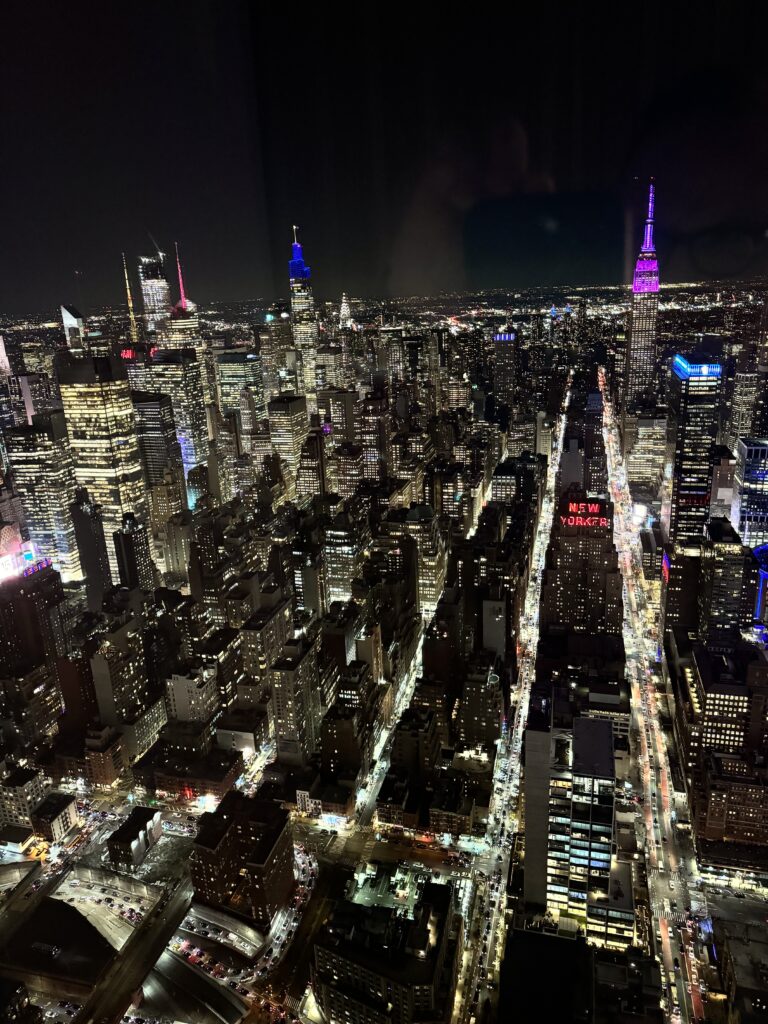
Where is the Extra Funding Going?
The revenue from New York City’s congestion pricing program is earmarked for the following initiatives, primarily focused on improving NYC’s Metropolitan Transportation Authority (MTA) system:
- Subway Upgrades:
- Funds will support repairs and upgrades to outdated subway infrastructure, ensuring better service reliability and shorter delays.
- New Buses and Bus Routes:
- Investments will enhance bus service, particularly in underserved neighborhoods, by adding routes, modernizing vehicles, and implementing bus rapid transit systems.
- Accessibility Improvements:
- A portion of the funds will be dedicated to making subway stations more accessible, including the installation of elevators and ramps.
- Long Island Rail Road (LIRR) and Metro-North Enhancements:
- Improvements to commuter rail services will make travel to and from Manhattan more efficient for suburban residents.
- Green Initiatives:
- Revenue may also support projects like electrifying bus fleets and other sustainability-focused transportation upgrades.
The MTA estimates that congestion pricing will generate approximately $1 billion annually, which will be used to secure $15 billion in bonds for these projects as part of the MTA Capital Plan.
By reducing traffic, cutting pollution, and reinvesting in public transit, congestion pricing offers long-term benefits for commuters, businesses, and the environment.
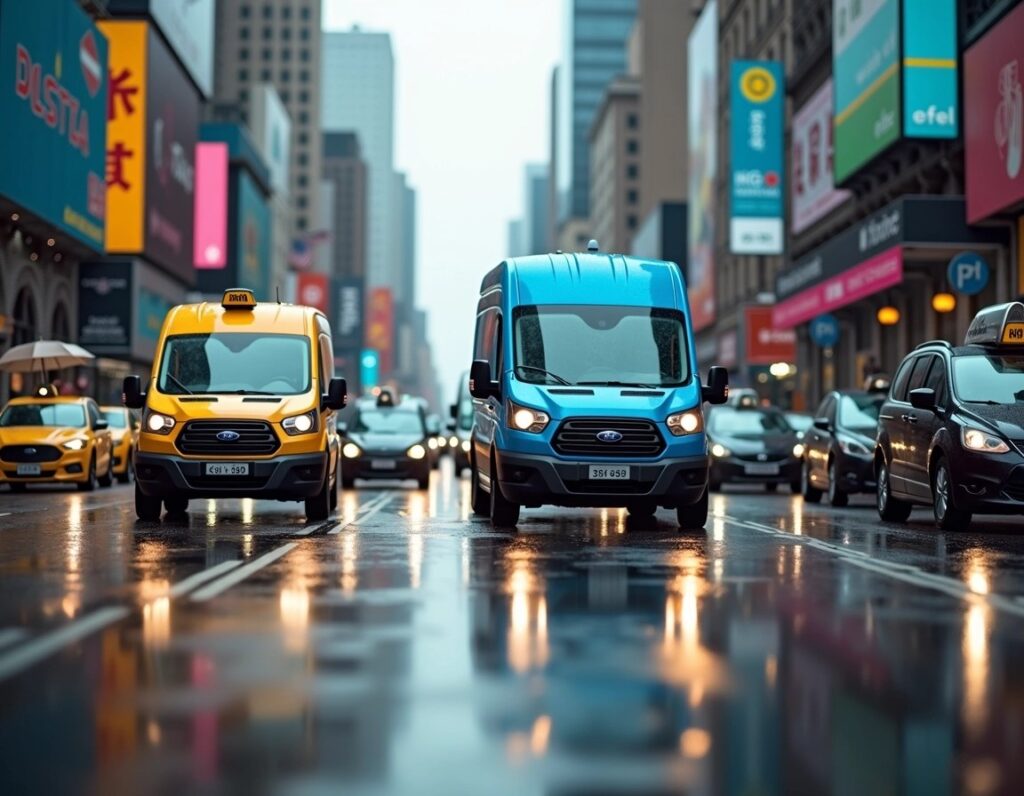
Impact on Kosher Consumers & Businesses
For kosher businesses located south of 60th Street, including restaurants, caterers, and specialty stores, congestion pricing could introduce logistical challenges and affect customer behavior.
- Delivery Costs: Many kosher businesses rely on suppliers and distributors using trucks. The added toll for deliveries could increase operating costs, potentially leading to higher prices for consumers.
- Customer Accessibility: Customers driving into the city to dine at kosher establishments, particularly for special occasions and dinners, will face higher expenses, potentially deterring them from visiting these businesses.
- Employee Commutes: Employees commuting by car could also feel the financial strain, especially those who travel from boroughs or suburbs not well-served by public transportation.
However, businesses can mitigate some of these challenges by promoting delivery services and encouraging public transit use. Additionally, they can benefit indirectly from improved transit infrastructure if congestion pricing succeeds in its goals.
Additionally, for those coming into the city and willing to spend $100 and up to many hundreds more for dinner, the $9 extra will be significantly smaller than the tip you’re leaving at the restaurant. That’s not to say that it doesn’t sting and it disproportionately hurts middle class families, because it does.
Kosher Consumers in the NY / NJ area have already been sounding off on this, stating they wouldn’t head into the city on principal due to the extra costs on top of what is already an expensive experience. Join the discussion here in our Facebook group.
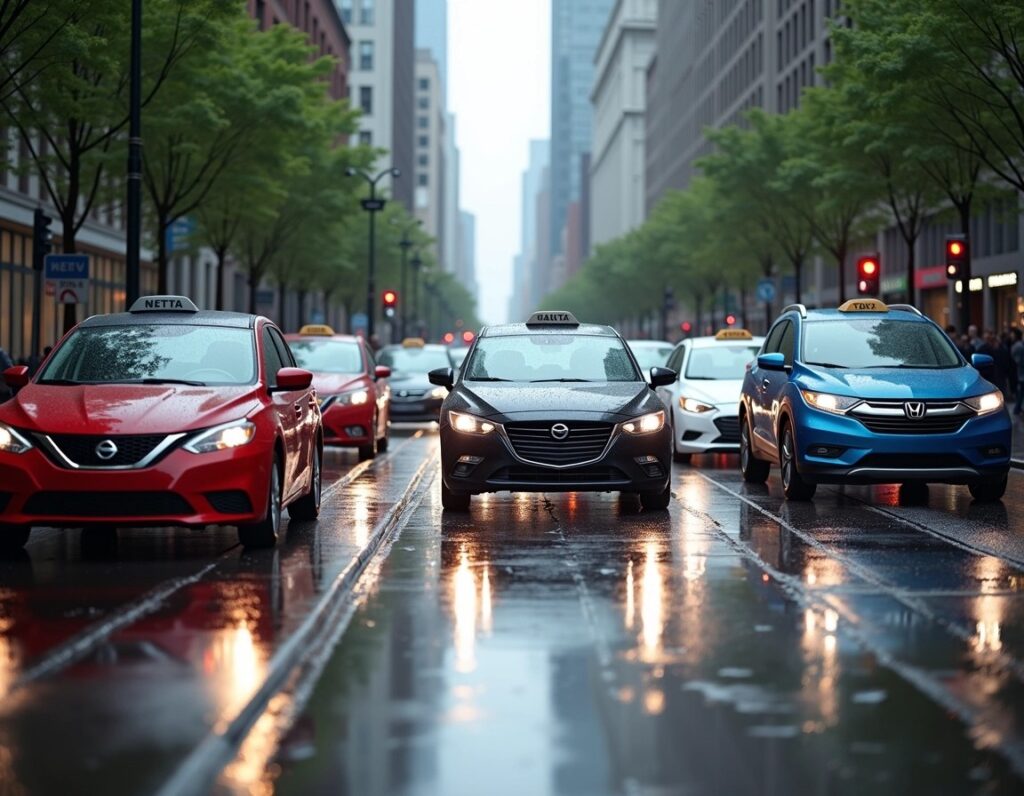
Discounts and Credits for Drivers
Drivers entering the zone may qualify for exemptions, credits, or discounts, offering some relief from the tolls. Here’s how to take advantage of these options:
- Exemptions for Low-Income Drivers: Households earning less than $50,000 annually may be eligible for discounts or exemptions. Check your eligibility with resources provided by the MTA or through Governor Hochul’s Future Transit Plans.
- Frequent Commuter Discounts: Programs for frequent users are being developed to provide relief for those driving into the zone regularly.
- Medical and Emergency Vehicle Exemptions: Certain vehicles, such as those used for medical emergencies or transporting individuals with disabilities, may be exempt. Visit the MTA’s official site for comprehensive details.
While congestion pricing may add financial pressure for kosher businesses and drivers alike, it also presents an opportunity to reduce traffic and improve public transit reliability for the betterment of NYC. Businesses within the zone (particularly those who rely on dinner service) and drivers will now need to pivot their strategies or their habits to adjust to the added financial strain.




